Protein 10.6 g (per 100 g) Higher classification Grasses | Scientific name Sorghum Potassium 363 mg (per 100 g) Rank Genus | |
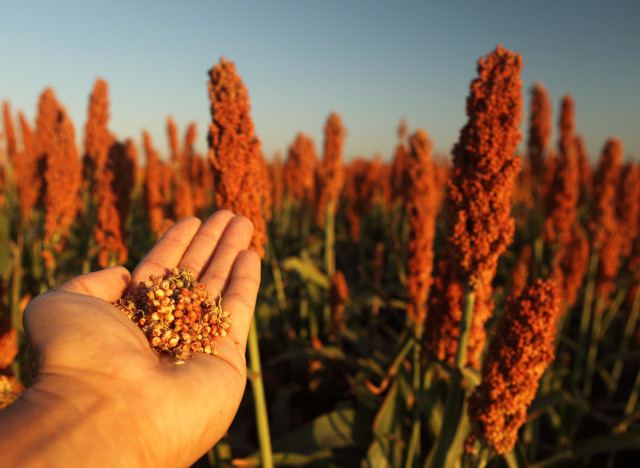 | ||
Energy 329.1 Calories (per 100 g) Lower classifications Broom‑corn, Sorghum × drummondii, Johnson grass | ||
That s my farm sorghum planting april 10 2015
Sorghum is a genus of flowering plants in the grass family Poaceae. Seventeen of the twenty-five species are native to Australia, with the range of some extending to Africa, Asia, Mesoamerica, and certain islands in the Indian and Pacific Oceans.
Contents
- That s my farm sorghum planting april 10 2015
- Gift of the sorghum plant
- Cultivation and uses
- Research
- Nutrition
- Diversity
- References
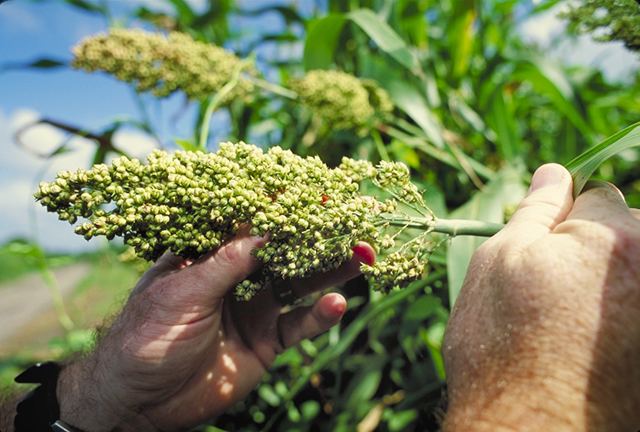
One species is grown for grain, while many others are used as fodder plants, either intentionally cultivated or allowed to grow naturally, in pasture lands. The plants are cultivated in warm climates worldwide and naturalized in many places. Sorghum is in the subfamily Panicoideae and the tribe Andropogoneae (the tribe of big bluestem and sugarcane).
Gift of the sorghum plant
Cultivation and uses
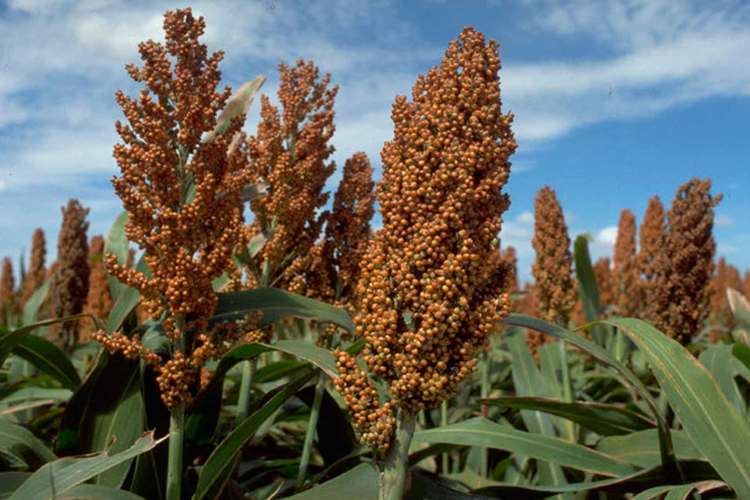
One species, Sorghum bicolor, native to Africa with many cultivated forms now, is an important crop worldwide, used for food (as grain and in sorghum syrup or "sorghum molasses"), animal fodder, the production of alcoholic beverages, and biofuels. Most varieties are drought- and heat-tolerant, and are especially important in arid regions, where the grain is one of the staples for poor and rural people. These varieties form important components of pastures in many tropical regions. S. bicolor is an important food crop in Africa, Central America, and South Asia, and is the fifth-most important cereal crop grown in the world.
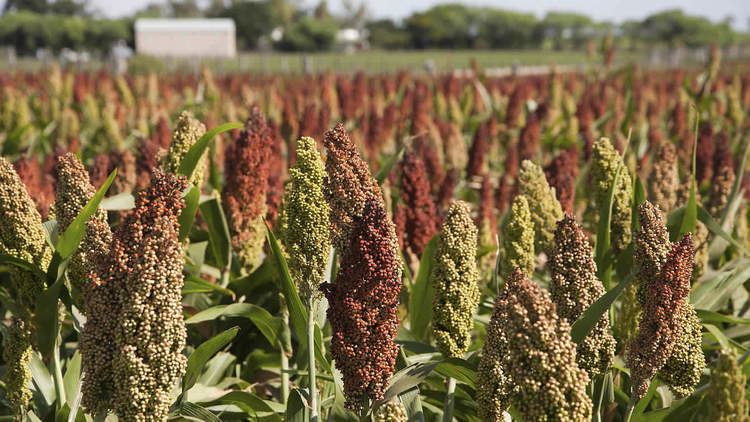
Some species of sorghum can contain levels of hydrogen cyanide, hordenine, and nitrates lethal to grazing animals in the early stages of the plants' growth. When stressed by drought or heat, plants can also contain toxic levels of cyanide and/or nitrates at later stages in growth.
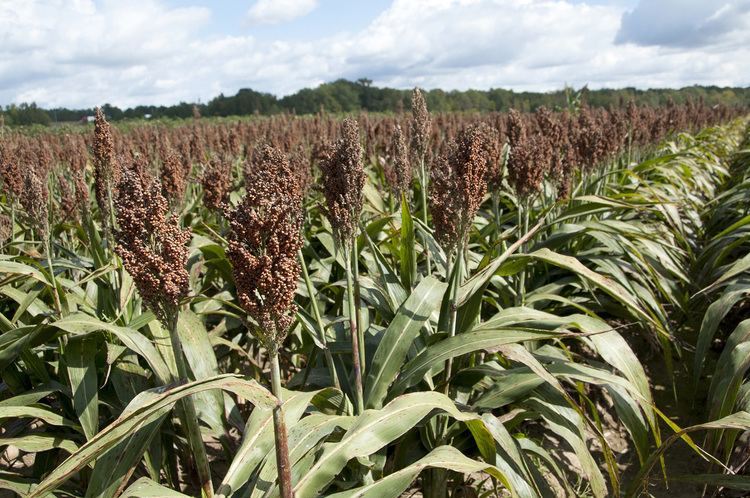
Another Sorghum species, Johnson grass (S. halapense), is classified as an invasive species in the US by the Department of Agriculture.
Research
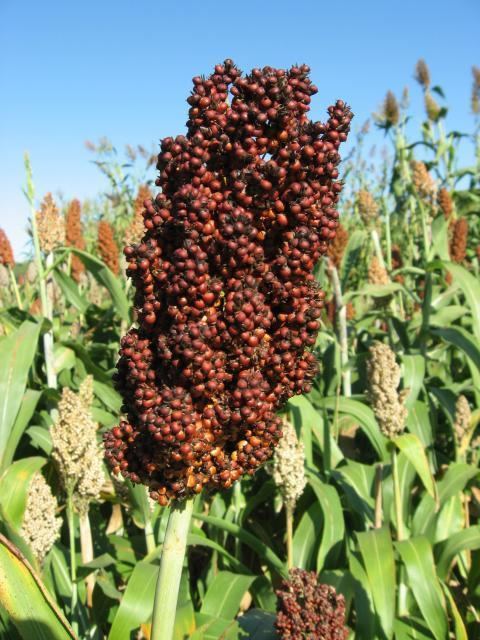
Sorghum is efficient in converting solar energy to chemical energy, and also uses less water compared to other grain crops. Biofuel, using sweet sorghum as a high sugar content from its stalk for ethanol production, is being developed with biomass which can be turned into charcoal, syngas, and bio-oil.
Nutrition
In a 100 gram amount, raw sorghum provides 329 calories, 72% carbohydrates, 4% fat and 11% protein (table). Sorghum supplies numerous essential nutrients in rich content (20% or more of the Daily Value, DV), including protein, fiber, the B vitamins, niacin, thiamin and vitamin B6, and several dietary minerals, including iron (26% DV) and manganese (76% DV) (table). Sorghum nutrient contents generally are similar to those of raw oats (see nutrition table). Among other similarities to oats, sorghum contains no gluten, making it useful for gluten-free diets.
Diversity
Many species once considered part of Sorghum, but now considered better suited to other genera include: Andropogon, Arthraxon, Bothriochloa, Chrysopogon, Cymbopogon, Danthoniopsis, Dichanthium, Diectomis, Diheteropogon, Exotheca, Hyparrhenia, Hyperthelia, Monocymbium, Parahyparrhenia, Pentameris, Pseudosorghum, Schizachyrium, and Sorghastrum.
